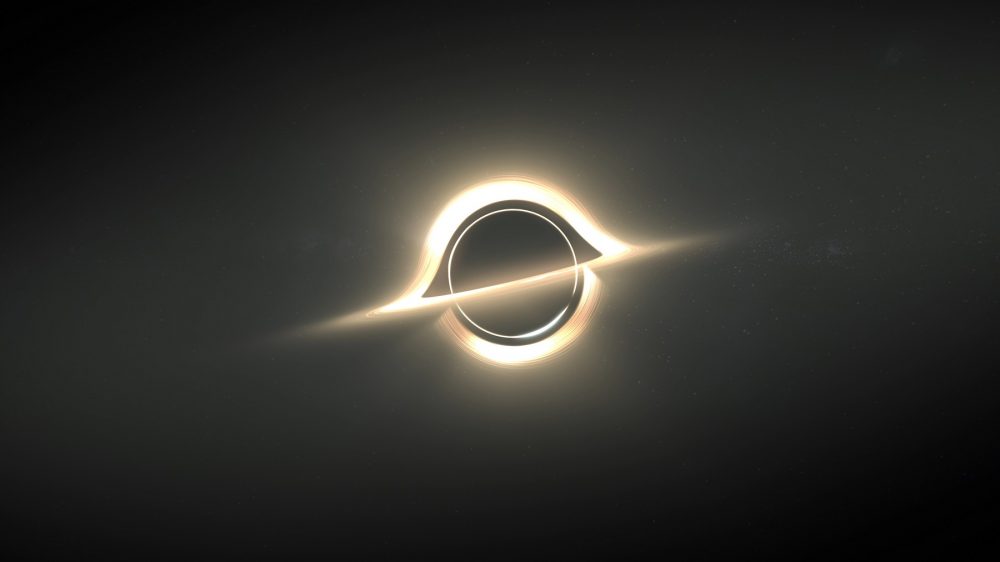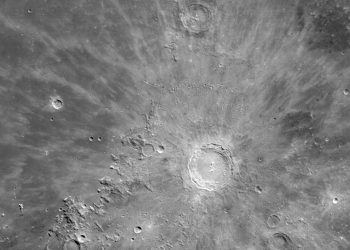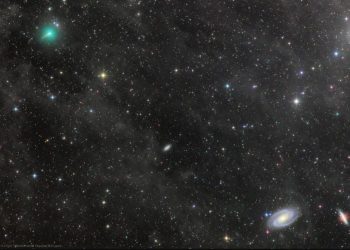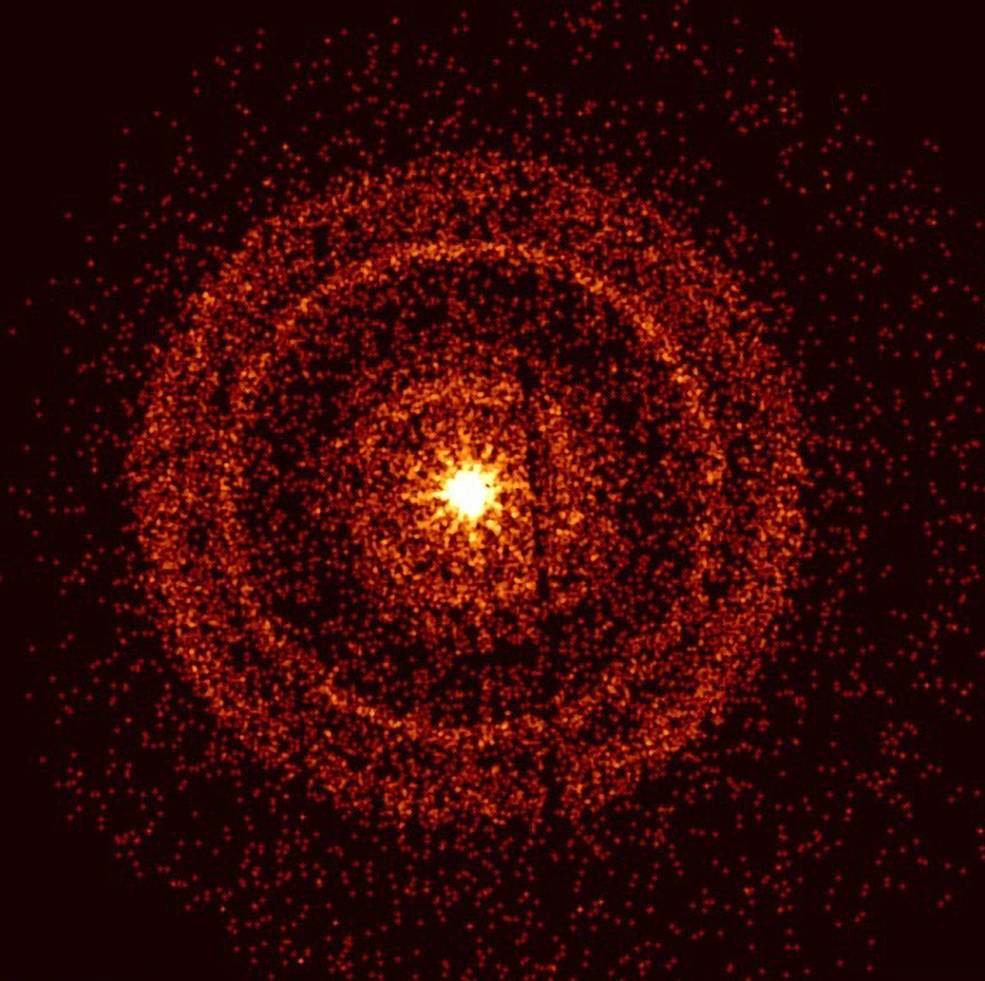A lot has been said about interstellar objects since we discovered the first one — ‘Oumuamua — back in 2017. Until that point, we had never actually seen anything arrive from another star system. Obviously, throughout the long history of our solar system, such objects were likely common. After all, everything is in motion. The planets, moons, solar systems, and entire galaxies are not static.
‘Oumuamua gave scientists a lot to discuss. It also raised many questions. The most important questions are probably whether these objects are common, exotic, where they came from, their nature, and whether there is a chance, as small as it could be, that some of the so-called interstellar visitors were not produced in nature. In other words, what if interstellar visitors like ‘Oumuama had an artificial, alien nature? Some might think this is preposterous to consider. But hang in there. Harvard Professor Avi Loeb, who went on to write a book about ‘Oumumua and its peculiar characteristics, made some pretty compelling points.
While I have discussed this in previous articles on Curiosmos, the short story is that certain characteristics about ‘Oumuamua implied it was an object that had been created, not by nature. For example, its shape and the way it changed direction as it was moving away from the sun. Oh, and it did not show any signs of outgassing, which is what comets usually display as material from their surface is evaporated, causing the object to change direction.
‘Oumuamua was different. However, by the time we had spotted it speeding through our cosmic neighborhood, it was too late to send a spacecraft to take a closer look at it, and our telescopes couldn’t really get a good photograph of it. As you are reading this, ‘Oumumua continues to speed away from us, and it will eventually leave the solar system and wander out into interstellar space.
Then, in 2019, two years after we identified the first interstellar visitor, Crimean amateur astronomer and telescope maker Gennadiy Borisov spotted something strange in the sky. It wasn’t aliens, but it was pretty exciting. It was another interstellar object. This one, however, was very different compared to ‘Oumuamua. It had all the characteristics of a comet, albeit an interstellar one. In fact, 2I Borisov is the first observed rogue comet.
All of a sudden, the scientific community was intrigued by these strange visitors. In 2022, we found out that some of these distant travelers even smashed into our planet.
A fireball that lit up the skies over Papua New Guinea in 2014, and crashed into the ocean was actually an object coming from another star system, according to a memo released recently by the United States Space Command (USSC). The object, which scientists referred to as IM1, predated the interstellar object ‘Oumuamua by 3.8 years and the interstellar object Borisov by 5.6 years.
Professor Avi Loeb took particular interest in the object because retrieving it could answer so many questions about our solar system, life on Earth, and what other star systems are like. After all, given our current technology, we cannot travel to another solar system, which is why we should do anything we can to retrieve objects that come from other star systems if we happen to identify them. This is precisely what Professor Loeb is attempting to do.
Now, in a recent paper, Professor Avi Loeb, together with his student Amir Siraj, describes the discovery of another interstellar object that crashed into Earth. The object in question is referred to as IM2 and is believed to have been a meter-scale object that collided with our planet from a trajectory that was gravitationally unbound to the Sun. IM2 is believed to have crashed near Portugal.
Professor Loeb recently revealed that IM1 and IM2 disintegrated low in Earth’s atmosphere despite their unusual speed. When meteors explode into fireballs, the air ram pressure, which is calculated by multiplying the air mass density by the square of the meteors’ speed, provides an estimate of their yield strength. According to the inferred material strength of 194 MegaPascals (MPa) for IM1 and 75 MPa for IM2, both meteorites are stronger than iron meteorites, which have maximum yield strength of 50 MPa.
And if that isn’t interesting enough, here’s where it gets even more suspenseful — if that’s the right word. Based on the material strengths of CNEOS’s catalog of 273 meteors, IM1 and IM2 ranked first and third, respectively. Because of their extremely rare material strength, IM1 and IM2 are not rocks that originated from planetary systems like our own.
Professor Loeb offers possible explanations for both IM1 and IM2. Iron-rich “bullets” have been observed to be produced by supernovae, which might have given rise to IM1 and IM2. “In particular, X-ray imaging of the Vela supernova remnant revealed bow shocks from bullets flying out of the explosion site, a discovery that I attempted to explain three decades ago,” Professor Loeb wrote. IM1 and IM2 could have been shot out of exploding stars.
But there is another possibility. As explained by Professor Loeb, it is plausible that IM1 and IM2 move fast and are so tough because they might have an artificial nature in origin. These objects could be chemically-propelled interstellar spacecraft that are built in a similar way to our own interstellar probes, with the only difference being that these objects we’ve now encountered were probably launched millions if not billions of years ago. It is also possible to envision a mothercraft that carries CubeSats or microdevices in its belly that automatically release themselves when friction is applied to the atmosphere of a habitable planet, Professor Loeb wrote.
What these objects were is a mystery. But this is a mystery we might be able to solve, if we manage to retrieve these objects and study them. Meteors from interstellar space are anomalous compared to meteors from our solar system. IM1 and IM2 must be retrieved, and their materials must be analyzed to determine their composition and structure. Expeditions to their landing sites will help us understand the origins of these relics, explains Professor Loeb. This is why Plans for the first expedition to retrieve the fragments of IM1 near Papua New Guinea are already underway.
Read more about the newly found interstellar object here.
Join the discussion and participate in awesome giveaways in our mobile Telegram group. Join Curiosmos on Telegram Today. t.me/Curiosmos











